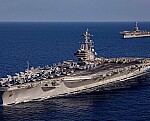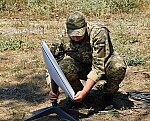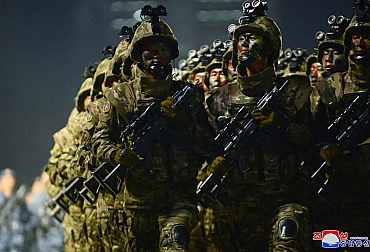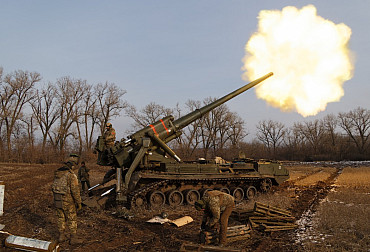U.S. clears Ukraine to fire long-range missiles into Russia ahead of Kursk Battle
In a significant policy shift, the United States has approved Ukraine’s use of long-range American weapons to strike targets deep inside Russian territory. This decision comes amid escalating tensions near Kursk, where a major battle is anticipated, and follows months of debate within the Biden administration.
President Joe Biden recently authorized the use of the Army Tactical Missile System (ATACMS), capable of striking targets up to 180 miles away. Ukraine has long sought this capability, especially after receiving U.S. approval in May to fire American-supplied weapons across the border. Previously, Washington had resisted granting such permissions, citing fears of escalation and limited battlefield value.
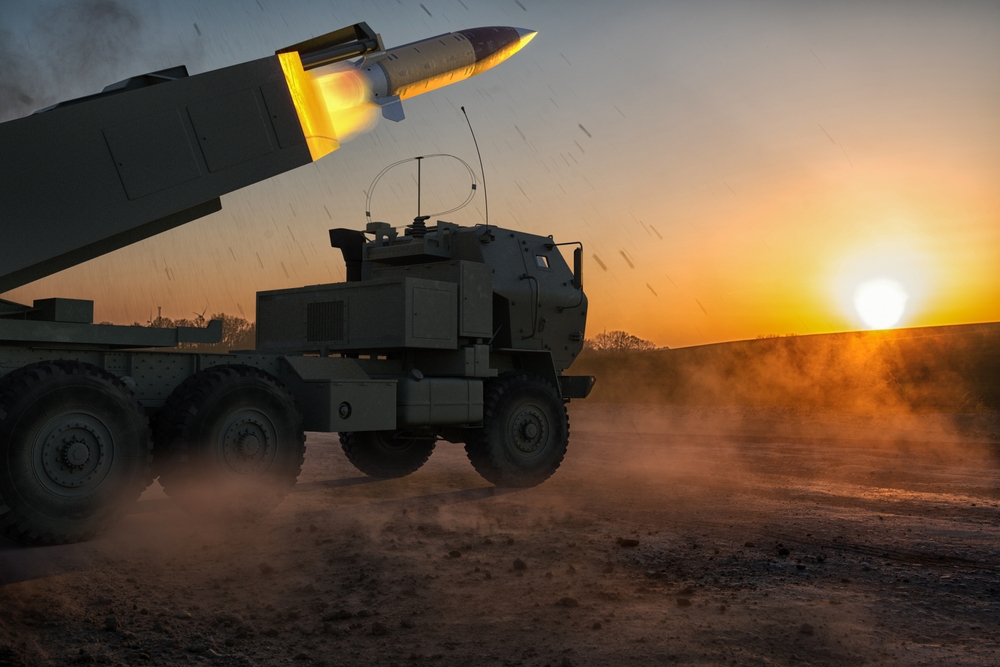
A Response to North Korea’s Intervention
The timing of this decision is linked to new developments on the battlefield. North Korea has reportedly deployed over 10,000 troops to support Russian forces in the Kursk region. While these troops have yet to engage in significant combat, U.S. Secretary of Defense Lloyd Austin noted their imminent deployment. He expressed skepticism about their effectiveness, citing language barriers and a lack of operational experience alongside Russian forces, who have not been close allies in recent decades.
This influx of North Korean troops aims to bolster Russian defenses and reduce the need for additional conscriptions, as Moscow continues to suffer heavy casualties—up to 1,250 per day, according to U.S. estimates.
Evolving U.S. Policy on Ukrainian Strikes
The Biden administration’s decision marks another instance of its evolving stance on Ukraine’s use of advanced weaponry. The U.S. has repeatedly reversed its position on providing and deploying equipment such as F-16 fighters, tanks, and long-range missiles. A senior U.S. defense official recently acknowledged this trend, cautioning observers to "never say never" regarding further policy changes.
For now, the use of ATACMS is limited to the Kursk region. However, Ukraine has requested broader authority to target Russian positions wherever the missiles can reach. This request aligns with earlier U.S. arguments against creating arbitrary safe zones for Russian forces.
Impact of ATACMS on the Battlefield
The addition of ATACMS gives Ukraine a potent tool to strike critical Russian military sites, such as ammunition depots, oil refineries, and airbases. However, the practical impact may be tempered by several factors:
- Low Stockpiles: The U.S. has limited supplies of ATACMS, which has delayed their delivery for much of the war.
- Russian Adjustments: Anticipating this policy shift, Russia has moved many of its key assets beyond the missile's range.
- Limited Scope: The current policy does not extend to British and French long-range missiles that rely on American parts and data for targeting.
Ukraine has already demonstrated its ability to strike deep into Russian territory using domestically produced drones, which have been effective against oil refineries and ammunition depots. However, these strikes lack the precision and impact of ATACMS, which could offer a more decisive advantage in key battles.
A Calculated Risk
The decision to loosen restrictions on long-range strikes highlights a tit-for-tat escalation strategy by the U.S. and its allies. It follows Russia’s use of glide bombs to pound Ukrainian cities and its expanded reliance on foreign troops to sustain its operations.
While the U.S. has framed this move as a necessary response to battlefield realities, it remains cautious about the broader implications. The Biden administration is walking a fine line, balancing support for Ukraine with efforts to avoid direct confrontation with Russia.
As the situation around Kursk develops, the effectiveness of this policy shift—and the ability of Ukrainian forces to leverage ATACMS in their favor—will likely shape the next phase of the war.





